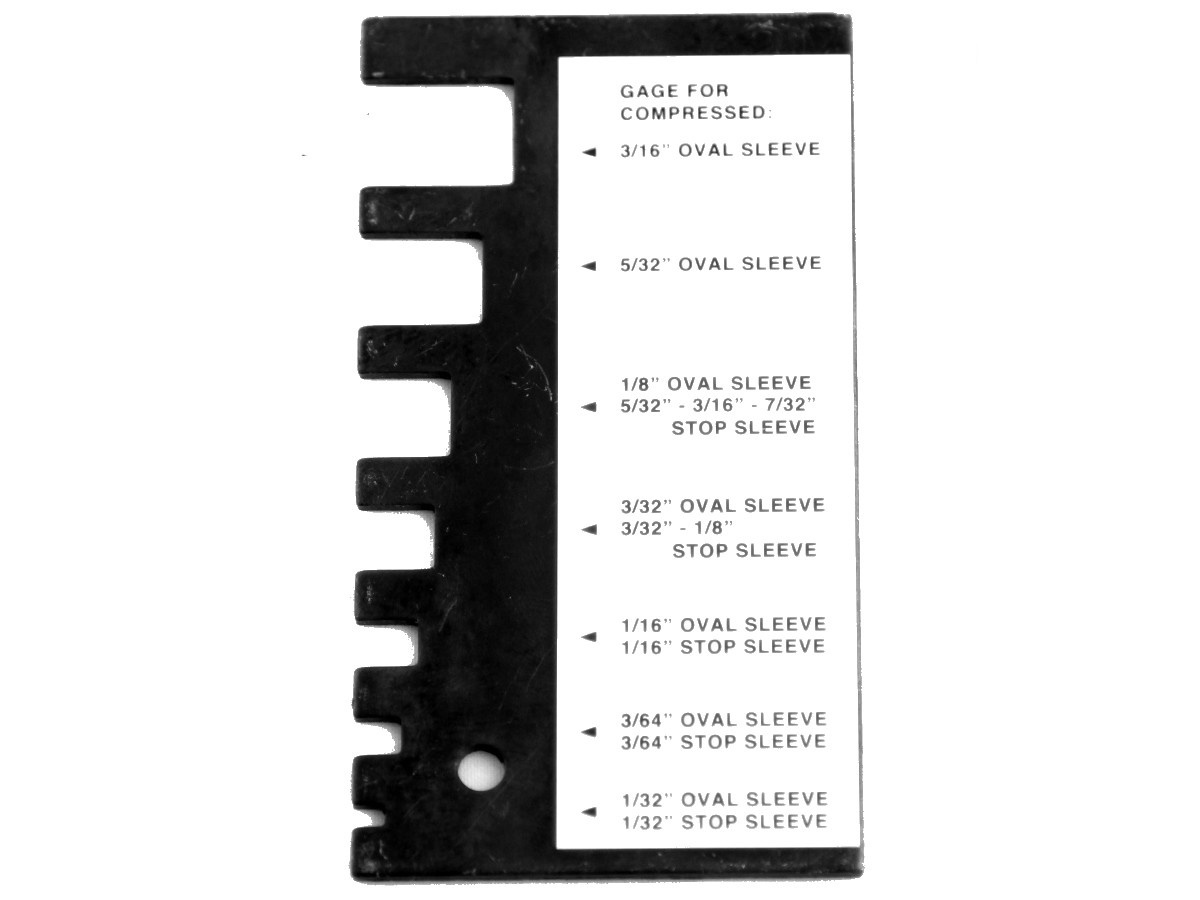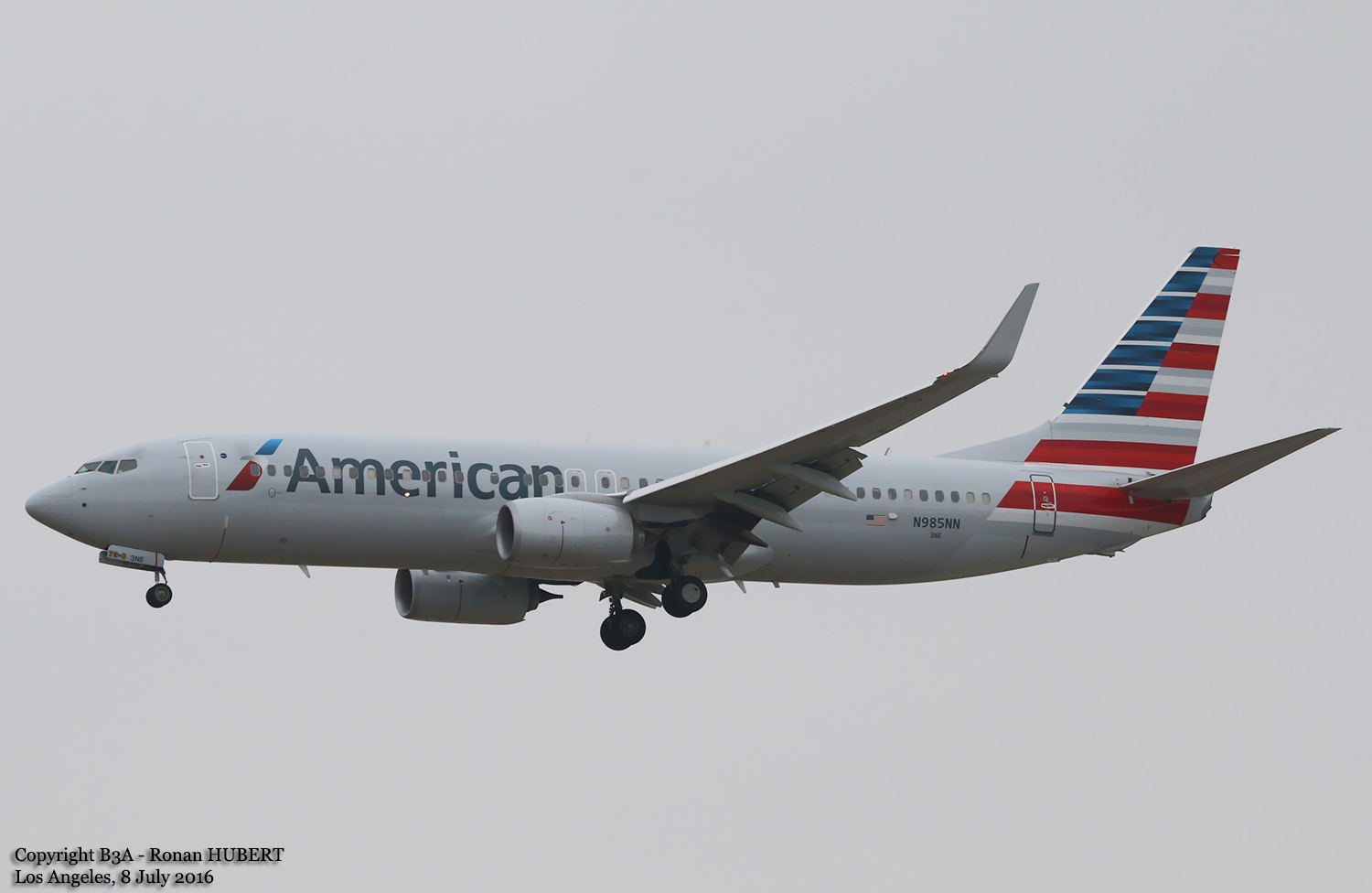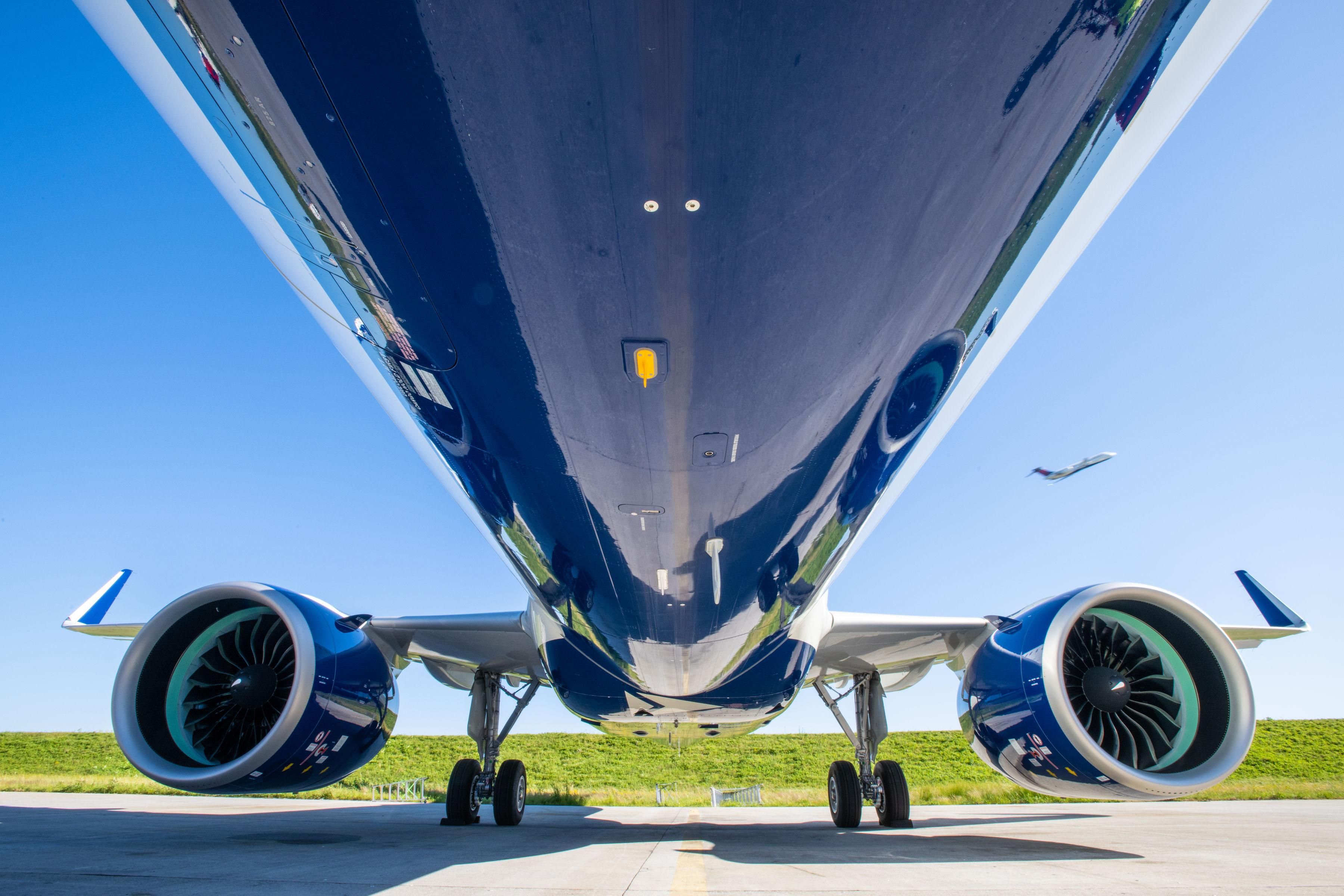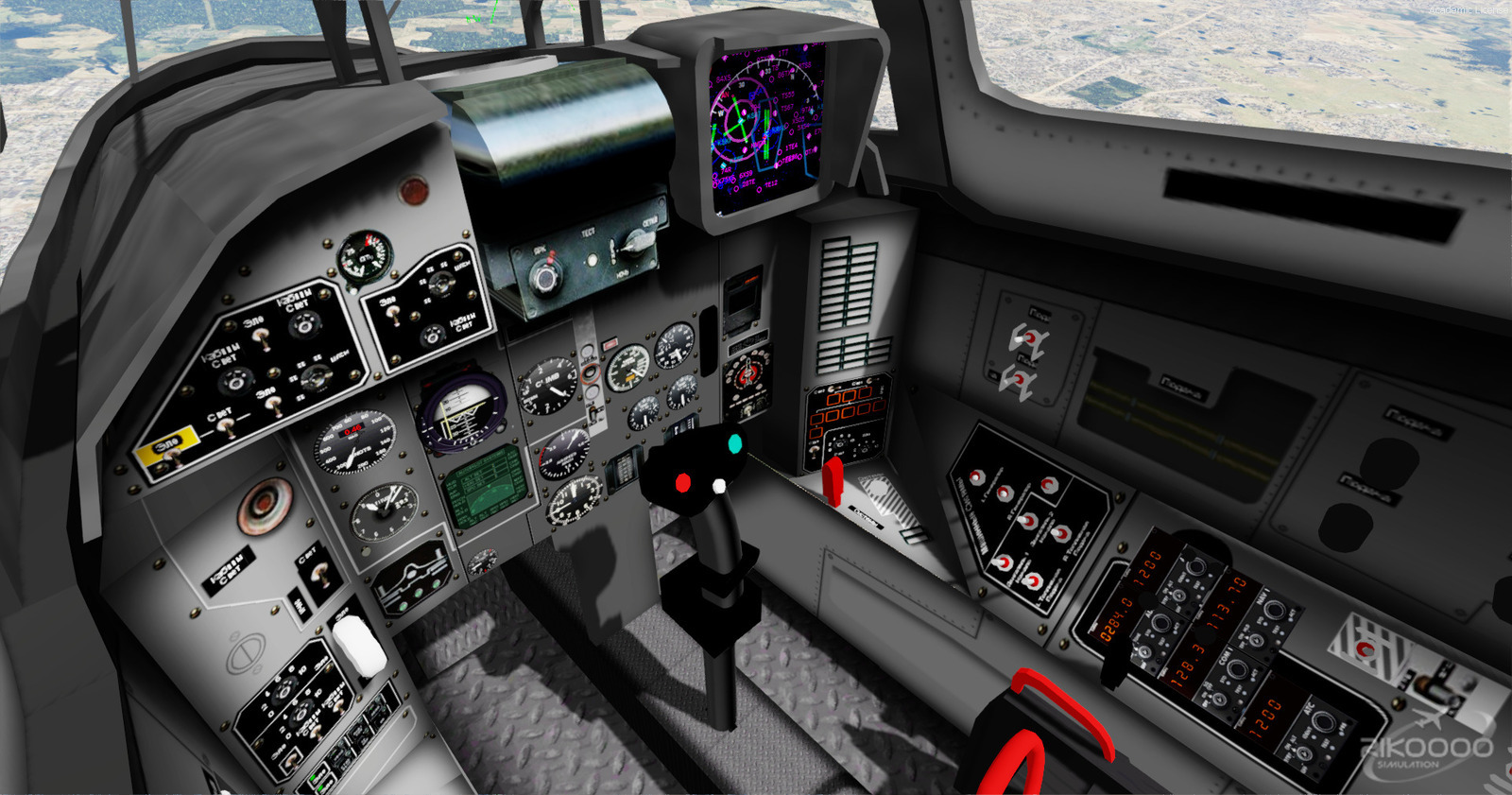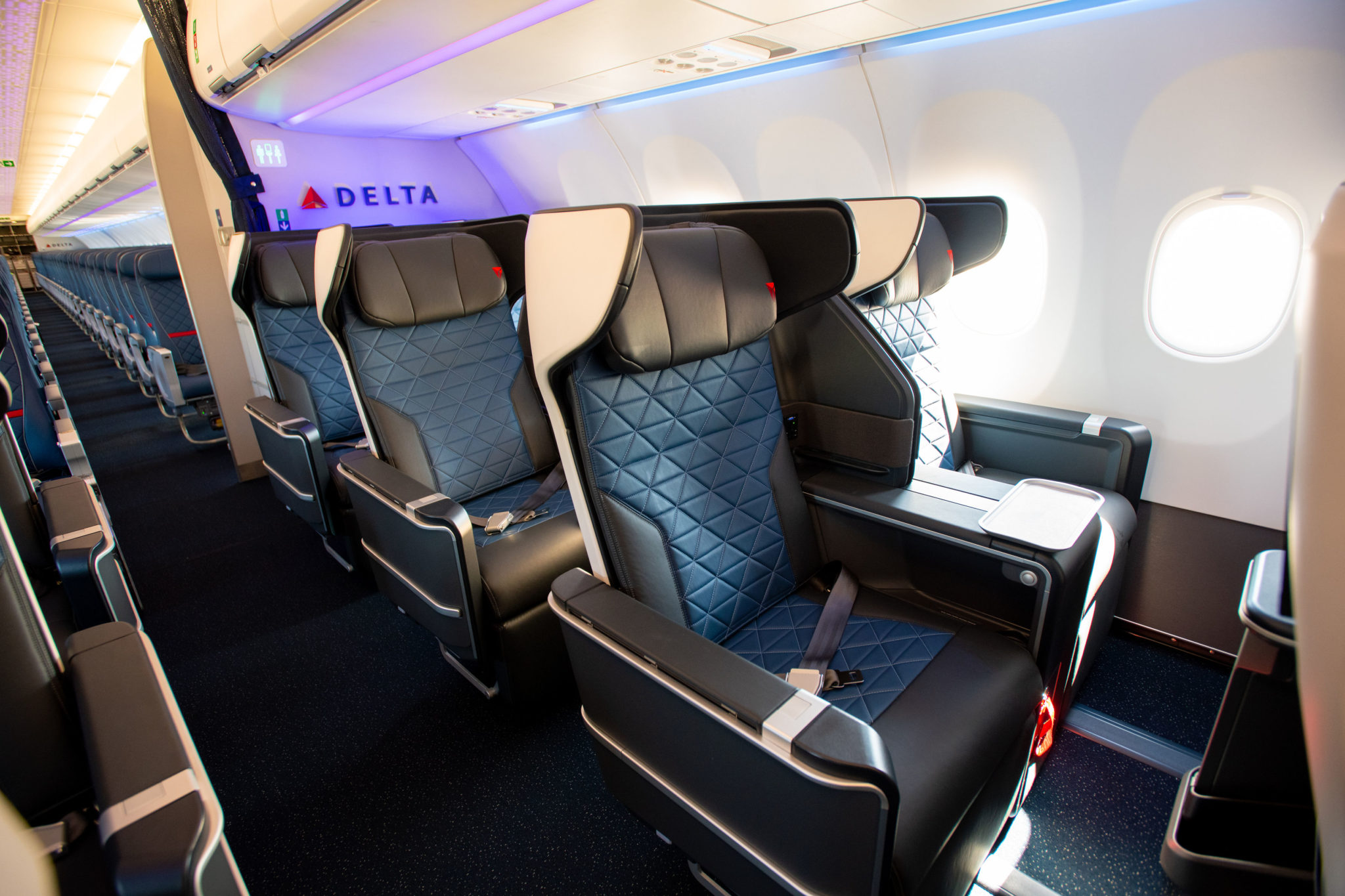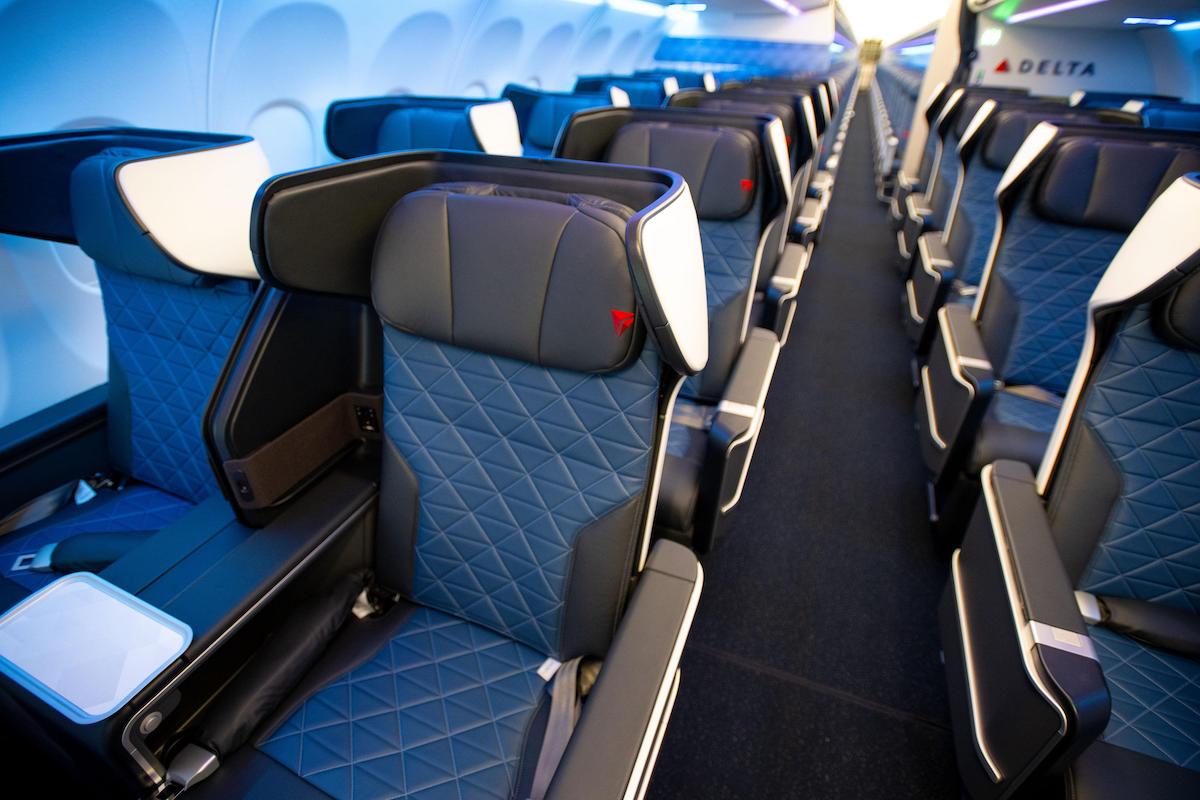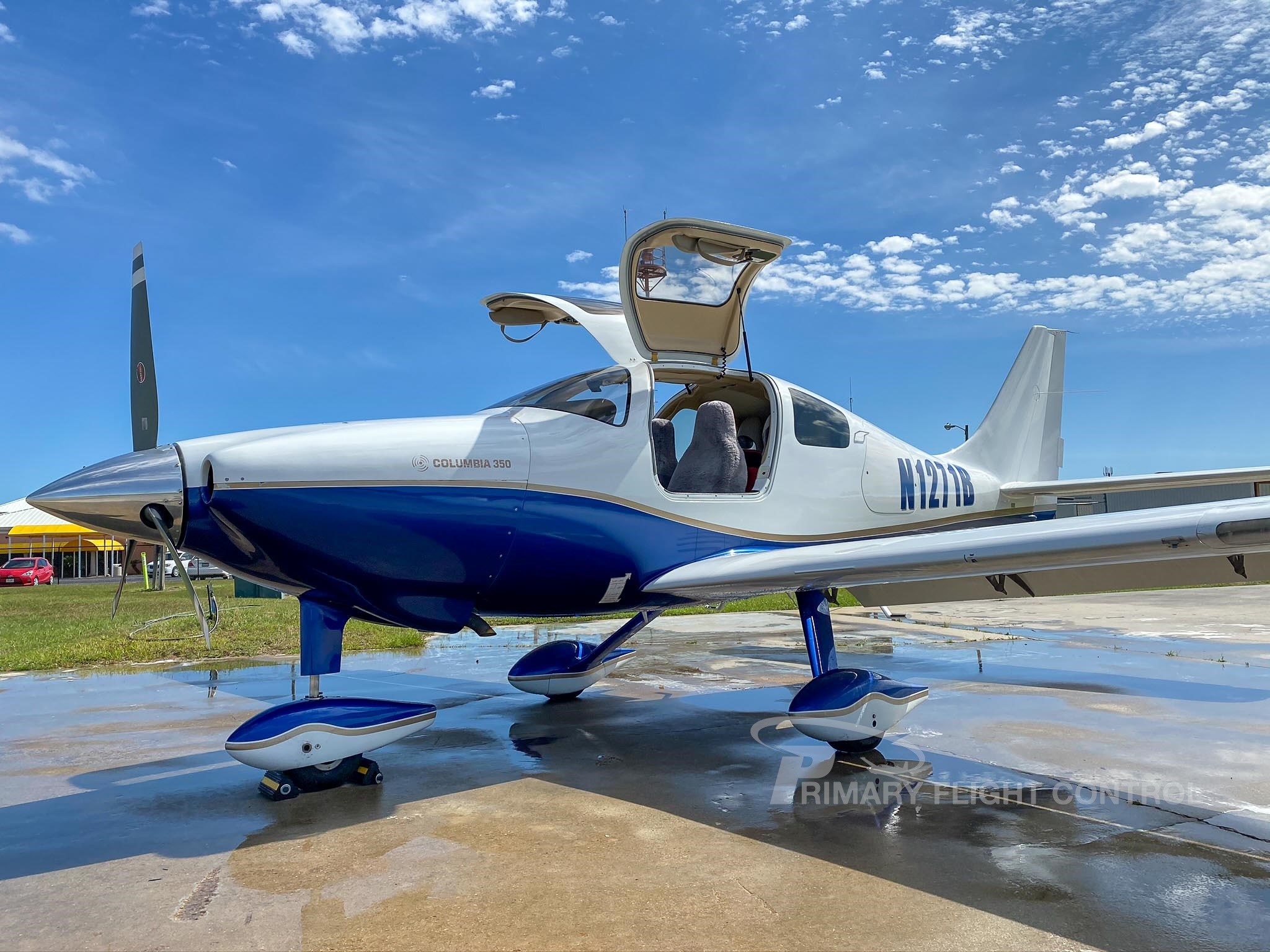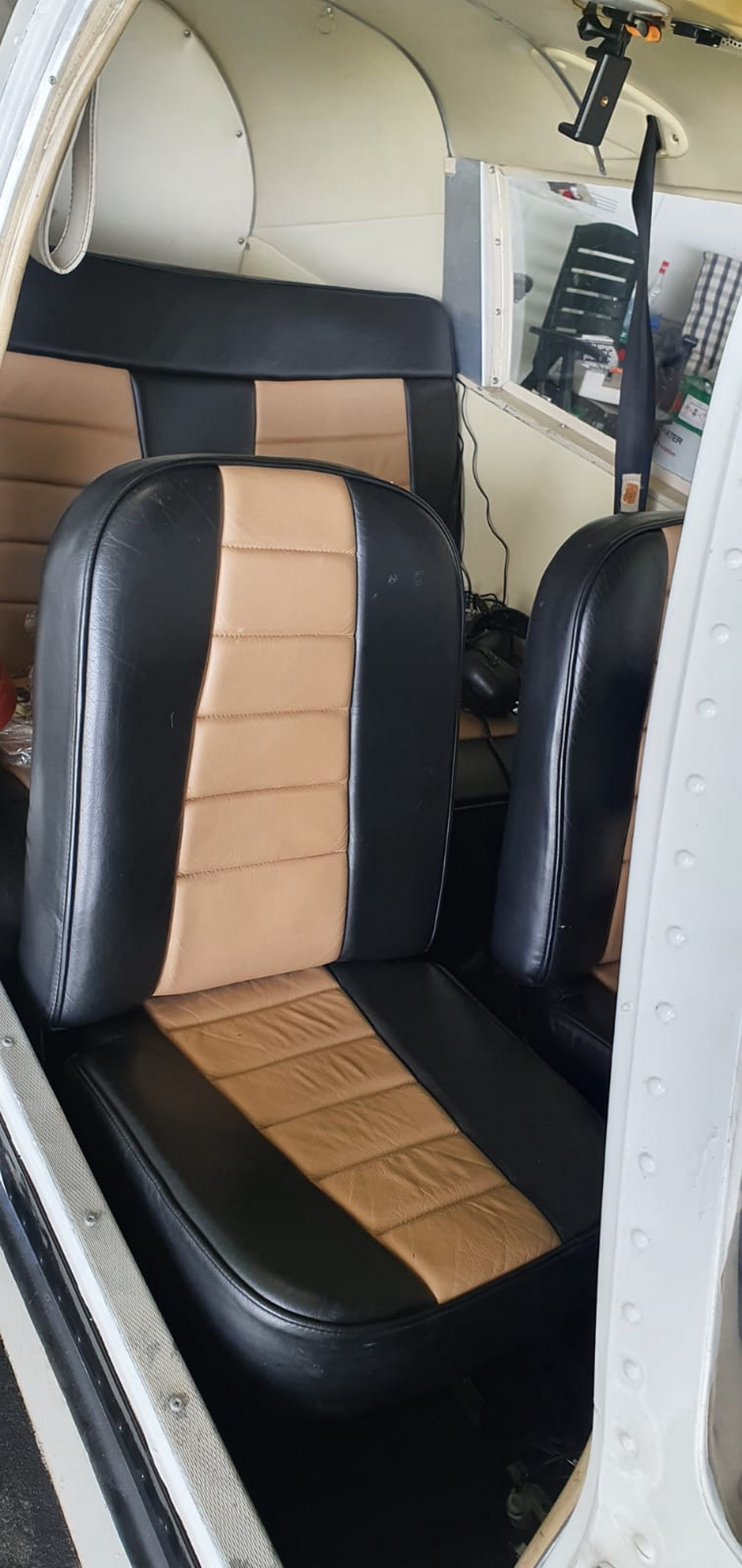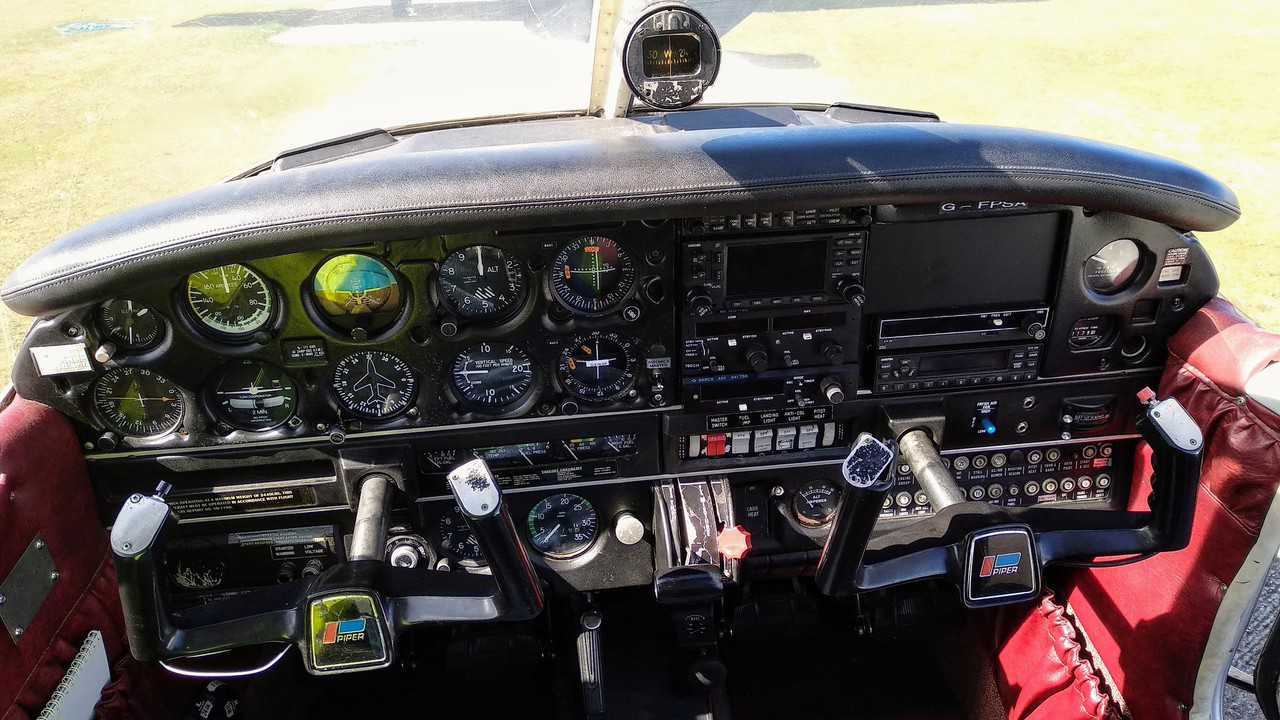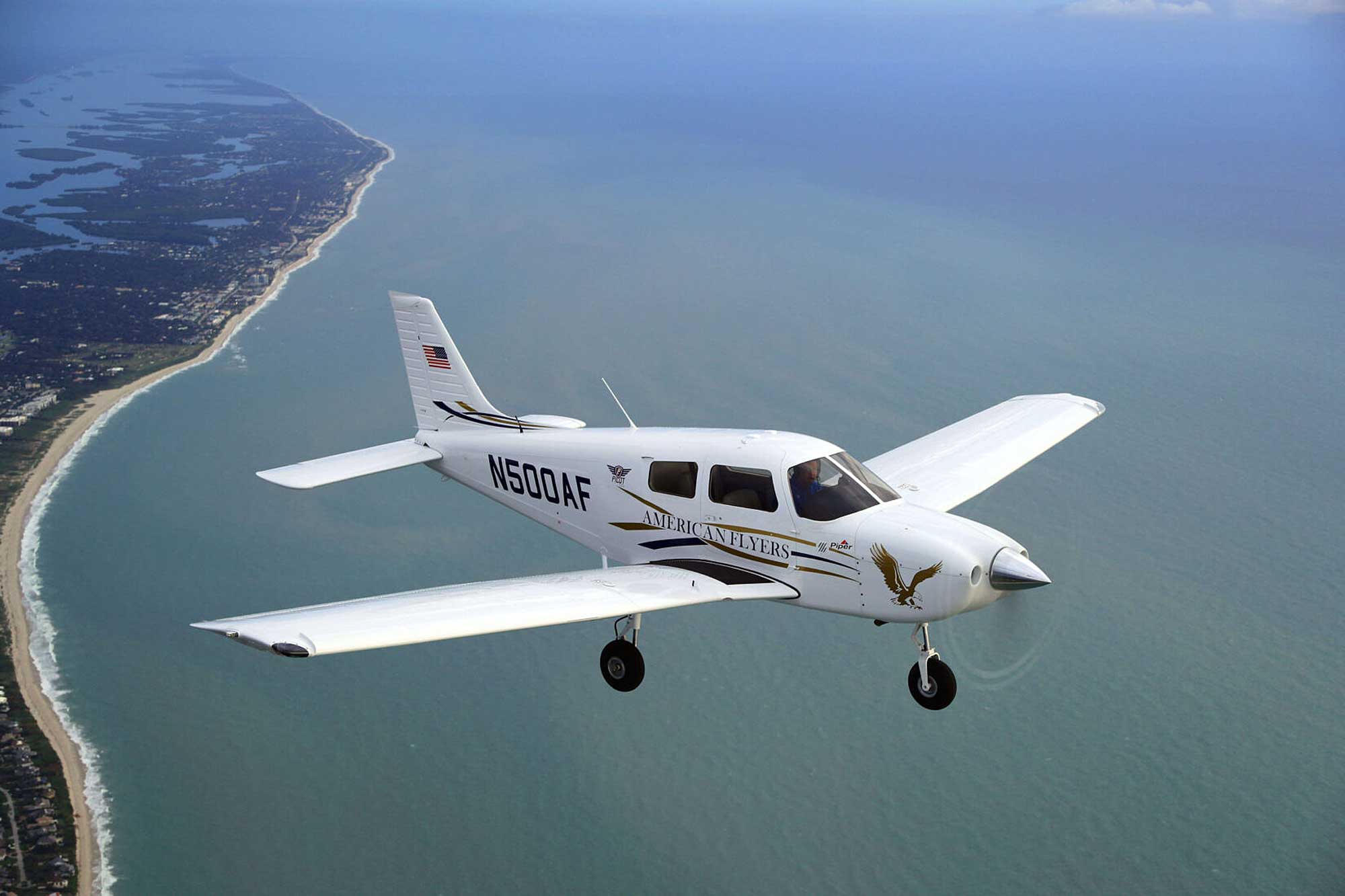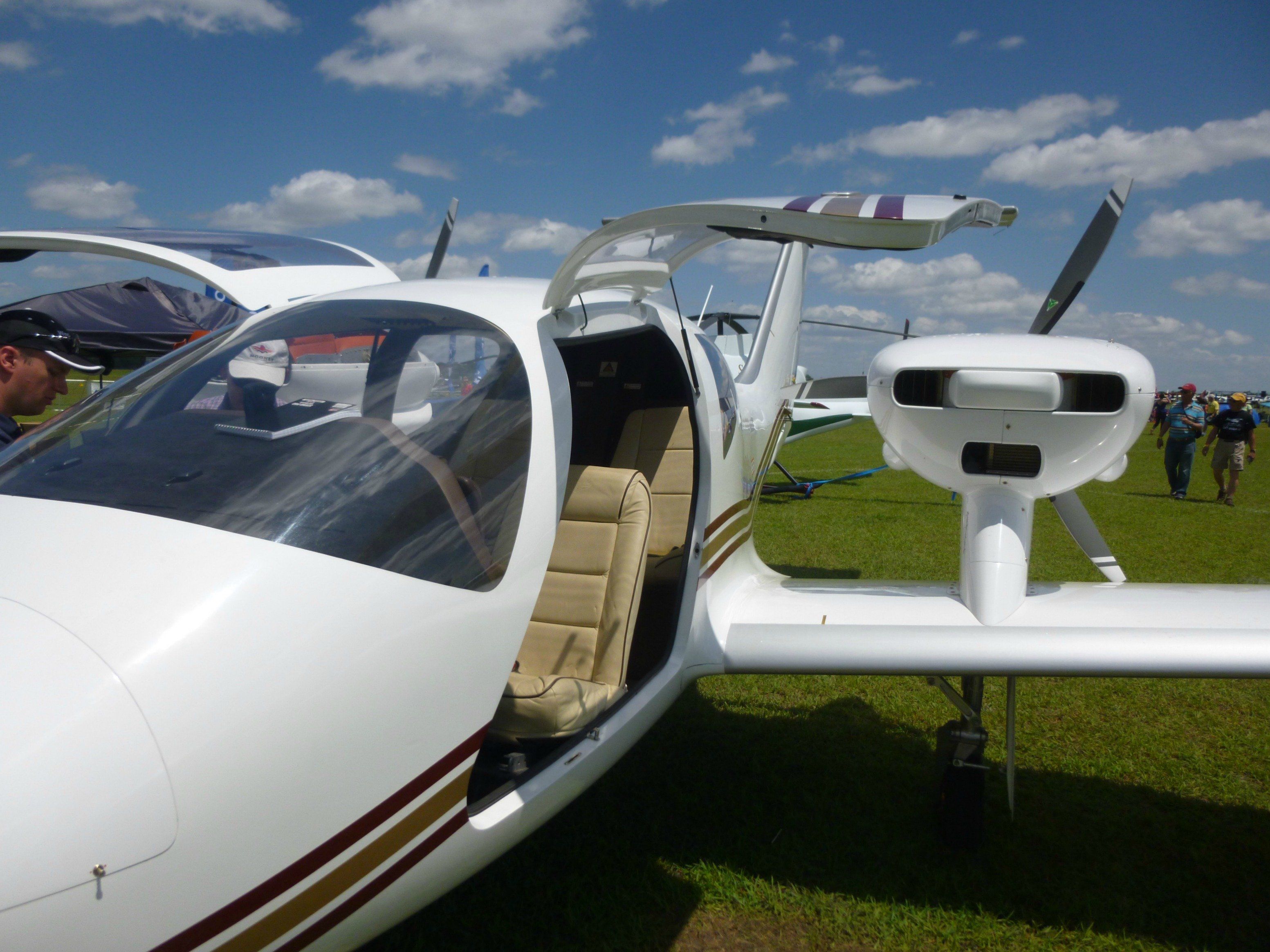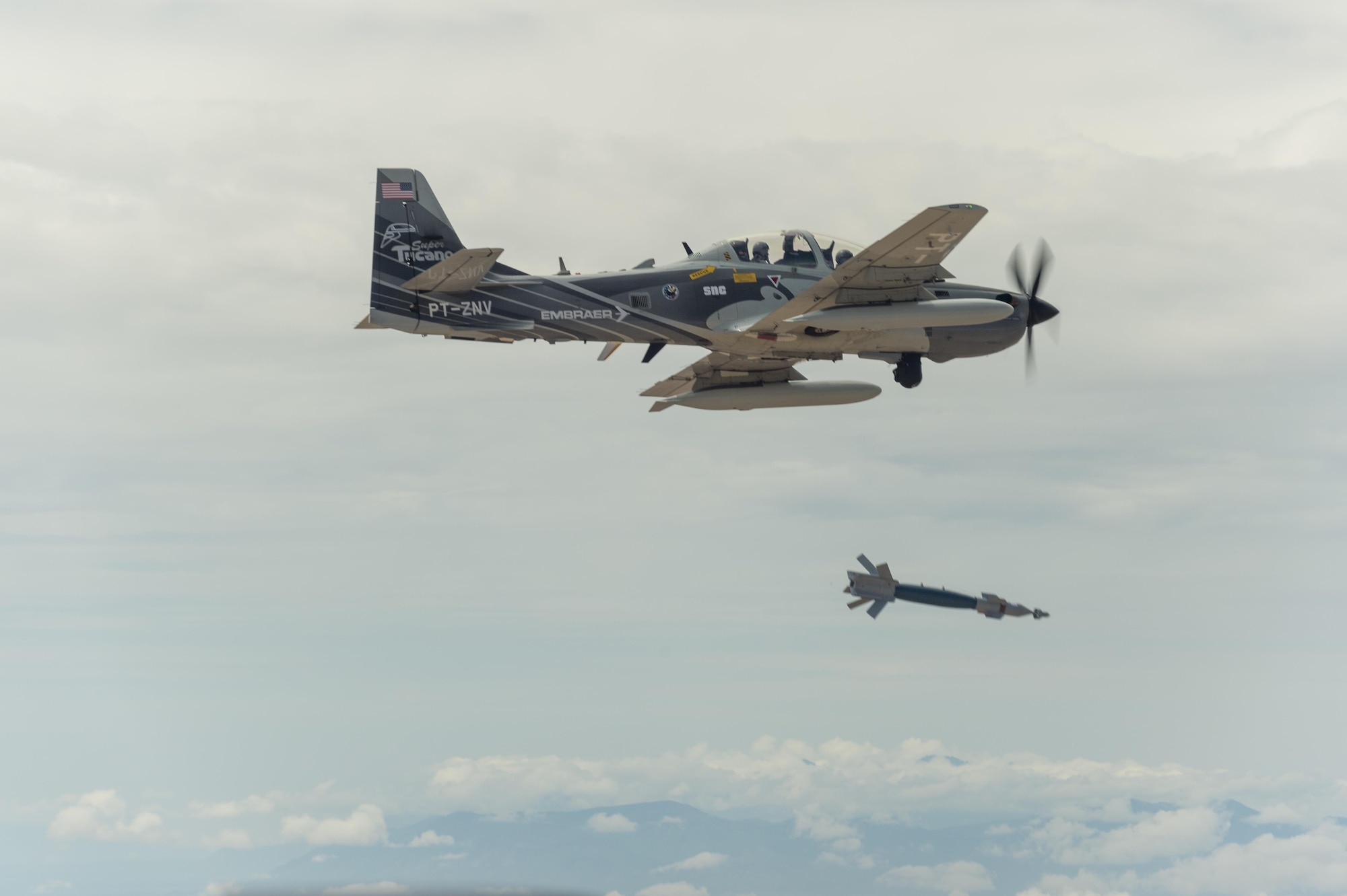208B Aircraft - In other words, all three of these hopeful technologies – batteries, biofuels and hydrogen – require some major breakthroughs before they can revolutionize aviation. And the Covid-19 pandemic, which has hit the airline industry very hard, may hold developments back even further.
The Cessna Caravan was big to begin with; now it is gargantuan. The Caravan is the largest single-engine airplane ever produced by Cessna. Comparing it to a Cessna 182 is like standing a pro basketball player next to a jockey — the 182 is lost in the Caravan's shadow.
208B Aircraft

The latest version, the Grand Caravan, is even more imposing. It is 4 feet longer than the original Caravan and is the largest single-engine turboprop utility aircraft currently in production. The Cessna Caravan was big to begin with;
How Much Does A Cessna B Grand Caravan Cost?
now it is gargantuan. The Caravan is the largest single-engine airplane ever produced by Cessna. Comparing it to a Cessna 182 is like standing a pro basketball player next to a jockey — the 182 is lost in the Caravan's shadow.
The latest version, the Grand Caravan, is even more imposing. It is 4 feet longer than the original Caravan and is the largest single-engine turboprop utility aircraft currently in production. If there is no comparison in size between a Grand Caravan and a 182, there is in flying qualities.
In fact, once you acclimate to the height and the spaciousness of the cockpit, you tend to imagine yourself in a smaller Cessna. Pete Hall, a Cessna demonstration pilot and my guide for the day, suggests two notches (20 degrees) of flaps for the takeoff roll.
Even though we are about 1,500 pounds under maximum takeoff weight, the initial acceleration is slow, but we don't cover much ground before rotating at 65 knots. Ground roll for a maximum gross weight takeoff in sea level standard conditions is 1,365 feet, according to handbook figures.
What Makes The Cessna B Grand Caravan Stand Out?
Like many in the industry, Armesmith says that the biggest developments may come when aircraft bodies themselves are redesigned to distribute more engines than usual across a plane. Theoretical studies have suggested that using more, smaller engines could reduce drag and can improve overall efficiency – making such designs potentially better options for electric aircraft.
This is one of the principles of the Wright Electric work being coordinated with EasyJet. This won't excite people who dream of going on holiday in an electric jet (or those living near busy airports hoping for quieter skies).
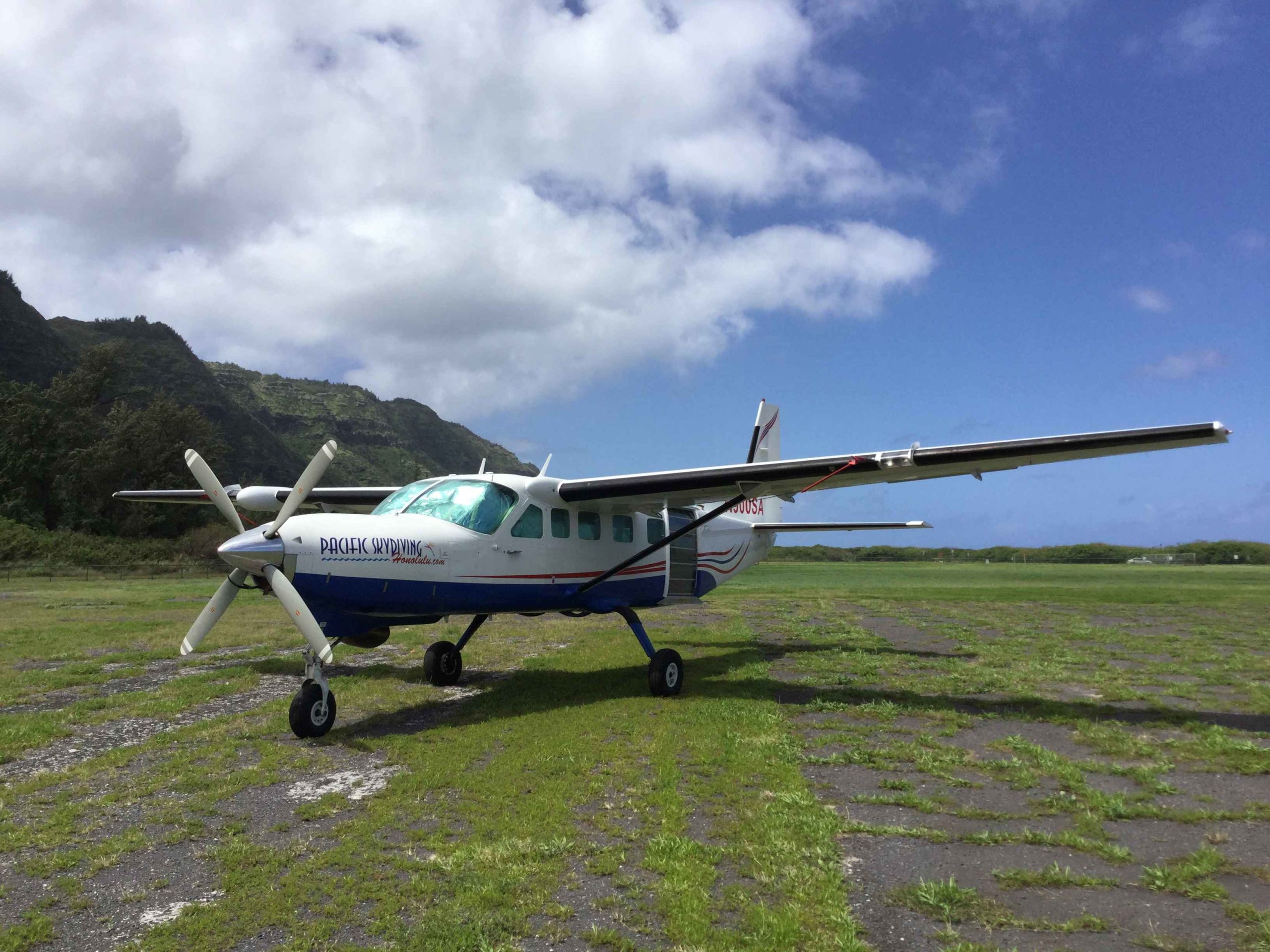
But it might represent some crucial baby steps on the way to that point. One of the most closely-watched hybrid aircraft experiments of recent years was the E-Fan X, a joint project between Airbus, Siemens and Rolls-Royce.
The concept for the plane featured a 100-seat BAE 146 aircraft that was to be modified so that one of its four engines would be powered by a 2 megawatt motor – that's enough juice to power roughly 2,000 homes.
Advanced Display Technology
The plan was to perform a test flight with the aircraft this year, but the project was suddenly canceled in April. Engineers are currently trying to build a 180-seat fully electric jet that can fly for around 500km.
The budget airline EasyJet has partnered with the aviation start-up Wright Electric to design and develop such a prototype plane that, if successful, could enter commercial service as early as 2030. Its travel routes would be limited – Paris to London for instance, not
much further – but narrow-body aircraft that fly short-haul routes of 1,500km or less make up around a third of aviation emissions, according to management consultants Roland Berger. By gradually introducing electric planes that could replace conventional aircraft on these short-hop trips, the environmental impact of flying could be significantly improved.
The 208B Grand Caravan is powered by a 675shp PT6A-114A engine and can be fitted with amphibious floats to operate on lakes, while some models have been fitted with Cessna's deluxe Oasis interior for the executive transport role.
What Is The Difference Between A Cessna Grand Caravan And A Grand Caravan Ex?
The Cessna 208B Grand Caravan introduces a new dimension of versatility to the long-standing Cessna turboprop brand. Currently, the Grand Caravan is fulfilling a wide variety of roles for customers around the world, ranging from executive transport to freight.
At a large airfield surrounded by farmland in central Washington State, an electric airplane recently made history. It is the biggest commercial plane ever to take off and fly powered by electricity alone. For 30 minutes on May 28, it soared above Grant County International Airport as crowds of onlookers clapped and cheered.
Operators in the world's most demanding environments immediately adopted the rugged, dependable turboprop and have been rewarded with unparalleled dispatch reliability. On top of more than 30 years of proven capability comes even greater value with the Caravan turboprop's lower direct operating costs and factory support.
And hydrogen, while potentially clean if obtained from a renewable source, suffers from some of the same problems as electric batteries. "You need something like three times the volume to store hydrogen for an aircraft than you do for kerosene," says Thomson.
"In today's architecture for an aircraft, there's nowhere to put it." Riona Armesmith, chief project engineer for hybrid electric propulsion at Rolls-Royce, says the technology developed for the E-Fan X has not been shelved entirely. "I think we just took a step back and looked at whether we really needed to fly these systems," she says.
"I think we felt that we learned enough." The emissions from travel it took to report this story were 0kg CO2: the writer interviewed sources remotely. The digital emissions from this story are an estimated 1.2g to 3.6g CO2 per page view.
Find out more about how we calculated this figure here. It's remarkable that the Grand Caravan can take on two tons of fuel and payload and still handle like a much smaller airplane. Long, single-slotted flaps that incorporate leading edge vortex generators and trailing edge angles (to keep airflow attached and thus maintain the effectiveness of the flaps) enable the Grand Caravan to easily beat the 61 knot stall requirement for singles.
Rolls-Royce still has other experimental electric aircraft in development, including the fully electric ACCEL plane, which is due to take flight this year, with the aim of setting a record as the fastest electric aircraft. Although a tiny single-seater, it is designed to reach speeds of nearly 500 kmph and cover a range of more than 320 km.
Lovely it is not, although there is a certain stately appeal to the utilitarian, efficient look of the Grand. Because beauty wasn't even on the first page of Cessna's priority list for the Caravan, designers concentrated on features that help the airplane and pilots do their work better.
Ease and cost of maintenance were also primary considerations, starting with the propeller, a fat, three-blade McCauley. Originally, the Caravan used a composite Hartzell. The switch was made of metal because it costs half as much to buy and repair, according to Cessna — which owns McCauley.

Cessna has produced four Caravan models, plus several variations: a special-missions version available with roll-up cargo door and pod for carrying eavesdropping electronics, a military cargo version, and a floatplane. The Caravan is available with either straight or amphibious floats.
The Wipline floats are huge affairs — on dry land, the top of the amphibious float is 40 inches high. Fifteen float-equipped short-body Caravans have been sold. (Floats are not available for the stretch Caravans.) The Grand Caravan, fourth in the Caravan series, was introduced in October 1990. It incorporates all the best features of the other models, including the more powerful engine, longer fuselage, and cabin hardware that enables it to be quickly converted from a people-
hauler to a cargo truck or a combination of the two. Cessna has produced four Caravan models, plus several variations: a special-missions version available with roll-up cargo door and pod for carrying eavesdropping electronics, a military cargo version, and a floatplane.
The Caravan is available with either straight or amphibious floats. The Wipline floats are huge affairs — on dry land, the top of the amphibious float is 40 inches high. Fifteen float-equipped short-body Caravans have been sold.
(Floats are not available for the stretch Caravans.) Cessna's 208B Grand Caravan is a stretched version of the 208 Caravan and is one of the most versatile aircraft in production with roles ranging from light transport and freighting to executive transport with Cessna's deluxe Oasis interior.
The Grand Caravan, which can be fitted with amphibious floats, has fixed gear and a 675 shp PT6A-114A engine. The Grand Caravan has four doors: one for each crew member, a right-side airstair door, and a yawning left-side cargo door.
The cabin has 14 seats. There is plenty of room for more, but few countries allow more than 14 people in a turbine airplane without imposing some extensive and expensive additional requirements, according to Cessna. (The FAA permits a maximum of nine passengers and two crew.) Firing up the Pratt & Whitney is a simple matter of toggling the battery, fuel boost, and start switches.
As the gas generator (Ng) speed passes through 12 percent, the fuel condition lever is moved to Low Idle position. At 52 percent Ng, the starter switch goes to Off. Except for cockpit checks, that's it.

While the technological limitations facing larger aircraft are undoubtedly significant, he praises the recent eCaravan experiment. For small planes that carry a handful of passengers or some cargo, there is a small market of about 100 vehicles per year.
Electric aircraft of this kind do not require big shifts in battery technology to work and flights can be trialled over less built-up areas, which ultimately is safer. "That is the ideal test market," he says.
With over 25 years of trading, AvBuyer is the primary marketplace for turboprops offering the best new and pre-owned turboprops for sale. You can read the latest edition of AvBuyer magazine online or visit our online actionable intelligence resources which offer insight, market data and analysis from AvBuyer’s editors and leading Biz Av industry experts.
The pilot has excellent control over the entire speed range of the airplane. To demonstrate, Hall has me transition from cruise to approach by pushing the prop control full forward, pulling the power back to the stop, and selecting full flaps.
The airplane noses down as if we are on a ski slope, but the airspeed rests at around 80 knots. You can pretty much pick the patch of ground you want to plunk down on, even if you're high and close to the runway.
The pilot has excellent control over the entire speed range of the airplane. To demonstrate, Hall has me transition from cruise to approach by pushing the prop control full forward, pulling the power back to the stop, and selecting full flaps.
The airplane noses down as if we are on a ski slope, but the airspeed rests at around 80 knots. You can pretty much pick the patch of ground you want to plunk down on, even if you're high and close to the runway.
The Grand Caravan has four doors: one for each crew member, a right-side airstair door, and a yawning left-side cargo door. The cabin has 14 seats. There is plenty of room for more, but few countries allow more than 14 people in a turbine airplane without imposing some extensive and expensive additional requirements, according to Cessna.

(The FAA permits a maximum of nine passengers and two crew.) Firing up the Pratt & Whitney is a simple matter of toggling the battery, fuel boost, and start switches. As the gas generator (Ng) speed passes through 12 percent, the fuel condition lever is moved to Low Idle position.
At 52 percent Ng, the starter switch goes to Off. Except for cockpit checks, that's it. With 332 gallons of usable fuel, the Grand will fly for 4.6 hours at maximum cruise power with a 45-minute reserve, according to specifications.
Our demonstrator for the day, N208CC, is loaded with most of the options on Cessna's list, including Bendix/King KFC 150 autopilot/flight director system and RDS 81 radar, yet it could still take on full fuel and 1,715 pounds of payload.
Reduce the fuel load to half and the power to best-range cruise, and you can carry 2,800 pounds of people and cargo and cruise for three hours at 147 KTAS on 47 gallons per hour. The 208B Grand Caravan was developed in the late 1980s, providing more capacity than the original 208 Caravan, being about 4ft longer.
The aircraft can seat up to 14 passengers (although usually, it accommodates nine), and it has a maximum range of just under 800nm. The 208B will hold 340 cubic feet of cargo. If that still isn't enough, Cessna offers an optional 111.5-cubic-foot, 1,090-pound-capacity belly pod.
Rumor has it that animals and even people have been carried in Caravan pods — illegally, of course, and without question uncomfortably. The Cessna 208B Grand Caravan costs between $0.67m for a 1990 version and $1.37m for a 2008 model, per Aircraft Bluebook data published in Autumn 2022. These values represent the average retail price for the respective model years.
Grand Caravans can sell at prices that are above or below the average retail, though, depending on any number of cost-driving factors that are unique to an individual aircraft. This includes maintenance condition and history, upgrades and retrofits, the number of hours flown, and the time remaining on the airframe and engines before the next major inspection or overhaul is due.
Buyers and sellers will agree a sale price accordingly. Pete Hall, a Cessna demonstration pilot and my guide for the day, suggests two notches (20 degrees) of flaps for the takeoff roll. Even though we are about 1,500 pounds under maximum takeoff weight, the initial acceleration is slow, but we don't cover much ground before rotating at 65 knots.
Ground roll for a maximum gross weight takeoff in sea level standard conditions is 1,365 feet, according to handbook figures. The first thing to note is that long-haul flights by large aircraft are not going to become fully electric any time soon.
Certainly not within the next 50 years – and the jury's out as to whether that will even happen this century. The reason is energy density.
ac 208 aircraft, c 208 usaf, c 208 light attack aircraft, c208 mtow, ac 208 plane, cessna 208 ex, cessna 208, c208 cockpit

